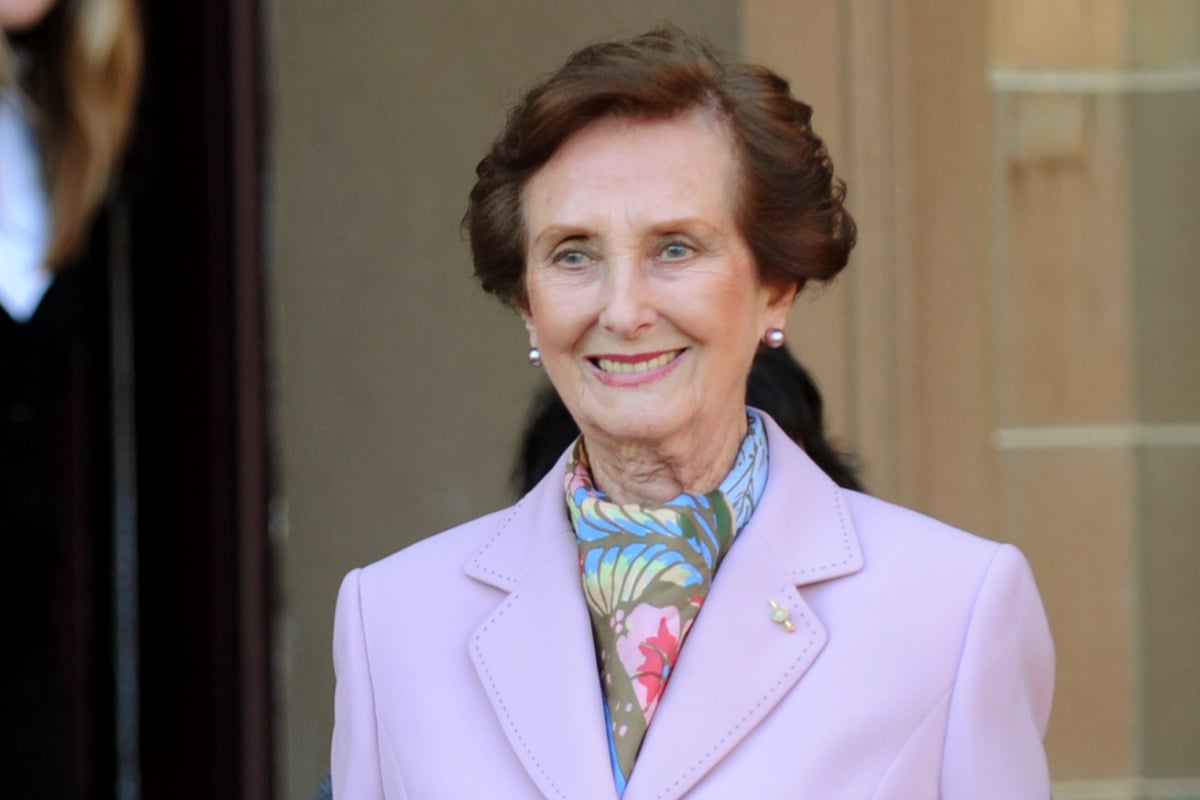
June Dally-Watkins was a leading Australian model of her generation who went on to teach several generations the skills of modelling, etiquette, grooming and deportment.
Australia’s Model of the Year in 1949 was never content to be just a pretty face. She used her fame to start a business empire, based on her belief that young people needed to present themselves the best way.
She died at the age of 92 on Saturday night, with her family by her side.
In 1950 Dally-Watkins founded a personal-development school – claimed to be Australia’s first. The following year she established a modelling agency.
She later expanded the June Dally-Watkins School of Education and Training to teach young men and women to be “the best you can be” in business. In 2013 it opened a branch in China.
Dally-Watkins invariably claimed to be 25, but she was born June Marie Skewes on June 12, 1927. Her unmarried mother, Caroline Mary Skewes, had left the family sheep property at Watsons Creek, in the NSW New England region, to give birth in Sydney.
Caroline returned home with baby June, who was raised with the help of grandparents. In later life June learnt her natural father was Bob Monkton, who had met her mother during a rabbit-hunting trip to Watsons Creek.
The stigma of illegitimacy lingered. Dally-Watkins wrote in her 2002 autobiography, Secrets Of My Smile, that “the hush-hush surrounding my father and my identity became deafening and continued to echo throughout my life … So I masked my shame and buried my self-consciousness with a smile – something I’ve done all my life, on and off the catwalk.”




























































































